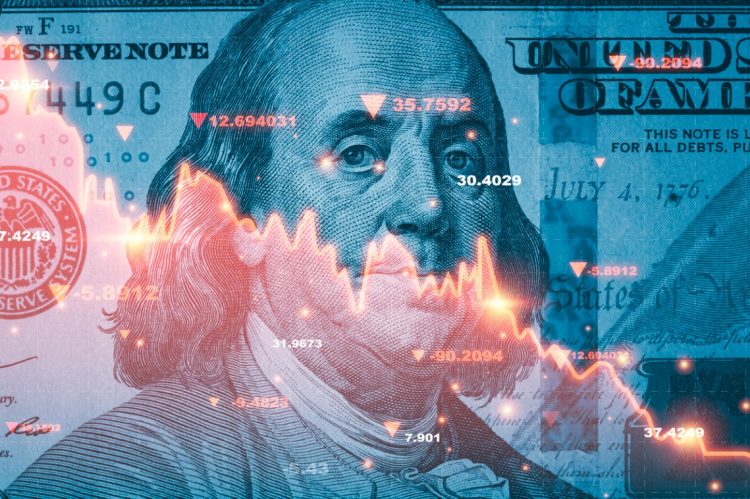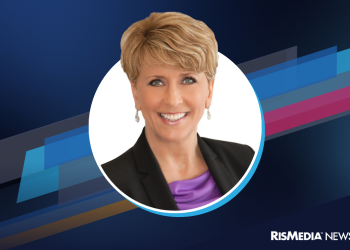No news appears to be good news as far as inflation data goes, with investors celebrating as the Federal Reserve’s preferred measure of price increases fell in line with expectations today, as some economists argue that fundamentals are actually better than the data shows.
PCE inflation rose 0.3% from December to January, according to the latest data from the Bureau of Economic Analysis, and is up 2.4% year-over-year, closing in on the Fed’s goal of 2% and boosting hopes the central bank could begin cutting interest rates as early as next month.
Mark Zandi, chief economist for Moody’s Analytics, said on X (formerly Twitter) that the Fed is now within “hailing distance” of its goal, after close to two years of raising and holding rates high.
“And everything points to continued moderation in inflation. Time for the Fed to begin cutting interest rates,” he wrote.
Core PCE, which excludes volatile food and energy costs, was up 2.8% year-over-year, 0.4% from December to January.
Major stock indices rose modestly in early trading following the report, though they had started to give back gains by the afternoon.
The report comes as investors and economists have gone back and forth on the likely path for interest rates in 2024, against the backdrop of what appears to be a healthy economy and strong labor market.
At the Fed’s most recent meeting, participants offered a much more restrained take on when and how fast the central bank will lower the federal funds rate from its current level of 5.5%. That caused some jitters, with expectations for a March rate cut dissipating.
After this most recent report, however, it is likely that hope will rise for a near-term easing of financial conditions.
Harvard economist Paul Krugman wrote on Twitter that while he considered the PCE number “hot,” it was mostly due to “wonky seasonals” rather than anything worrying.
“Underlying inflation has fallen to ~2.5% without a recession,” he claimed.
According to the data, most of the increase came from an increase in the costs of services. While prices for goods actually fell 0.2%, services rose by double that, 0.6% on a month-to-month basis.
Housing costs also rose slightly from the previous month, though most of that data is driven by rents and is more lagging than other metrics used in the report.
Home prices have continued to rise, according to other recent data. Mortgage rates continue to serve as a barrier to a resurgent market, currently hovering around 6.6%. Any lowering of the federal funds rate has the potential to unleash more demand and chip away at affordability issues facing many buyers and sellers.
The Federal Reserve’s next meeting is scheduled for March 20.












